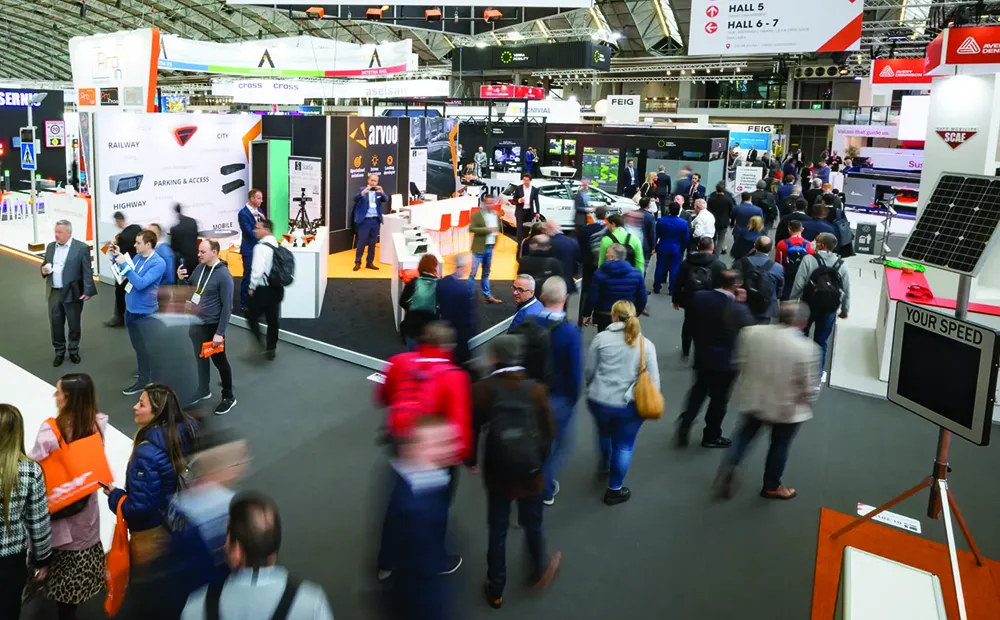NXP Semiconductors this week gave a live demonstration of car-to-x (C2X) communication on a public road in the Netherlands. With this demo, NXP says it is the first semiconductor company to take the step from showing concepts to actually demonstrating an automotive-ready hardware platform for connected mobility. The company has co-developed the C2X platform with Australian-based Cohda Wireless. Combined with telematics for location-based services and networking security, the platform enables the fully conne
May 16, 2012
Read time: 2 mins
C2X communication uses IEEE802.11p, a wireless standard designed specifically for automotive applications. This allows cars to communicate with each other (car-to-car) as well as with intelligent traffic infrastructure (car-to-infrastructure) around them. The newly developed C2X platform from NXP and Cohda actually "sees" around corners in order to recognise traffic blocks or risks before they are visible to the human eye. Drivers therefore receive early warnings of cars hidden from sight behind trucks or approaching from around corners. Other use cases are warnings about emergency vehicles and traffic jams, or traffic light signals allowing drivers to adjust their speed and optimise driving.
The C2X demo is one of several connected mobility demos which NXP is presenting during Automotive Week 2011, from 14 to 22 May, 2011 in Eindhoven, Netherlands. As project leader of the Dutch SPITS research project (SPITS: Strategic Platform for Intelligent Transport Systems), NXP is a major contributor to Automotive Week.










